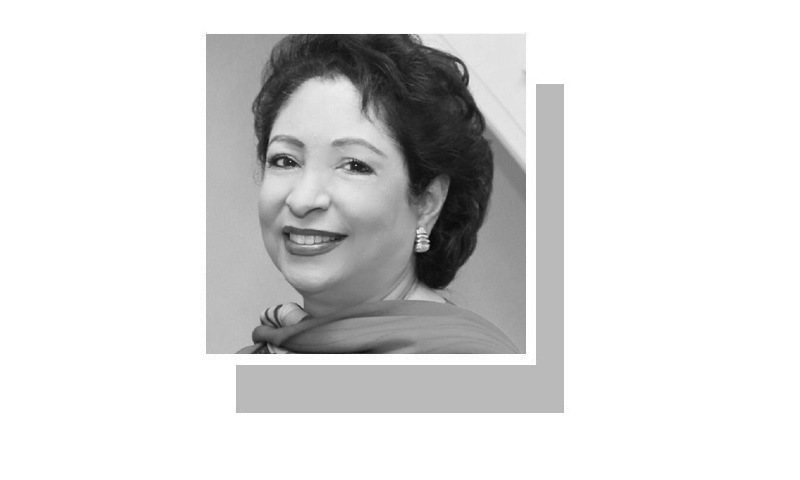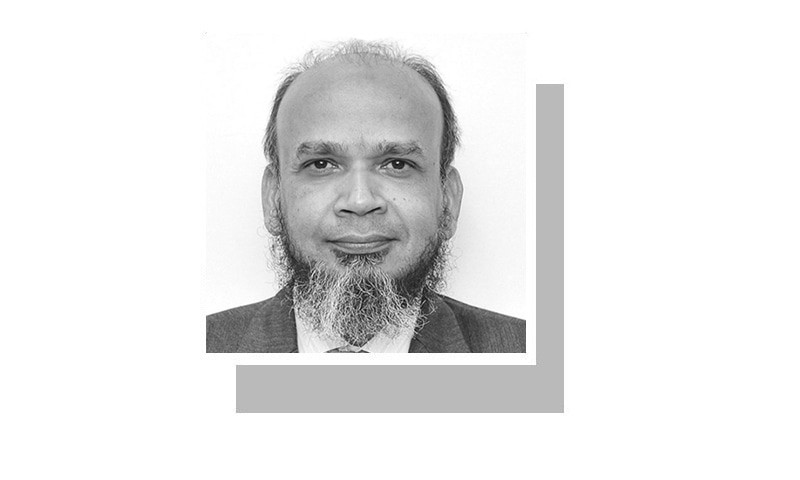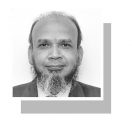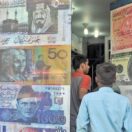By Maleeha Lodhi
Published in DAWN on August 16, 2021
PAKISTAN’S independence day was celebrated with much enthusiasm as it should. These milestones are opportunities to renew the national spirit and inspire hope about the future. They are also occasions to push back against negativity and build national confidence. It is, above all, a moment to recall the vision of Mohammad Ali Jinnah of a liberal, democratic, tolerant and peaceful Pakistan where there is no place for what he called the “poison” of corruption or nepotism, mismanagement and inefficiency. And where women have an equal place in society.
Introspection is necessary to not only take stock of where the country is but also review the challenges that remain to be addressed. Multiple challenges emerged over the decades as the cumulative consequence of a complex interplay of internal and external factors. Political disruptions due to military interventions, elite monopolisation of resources and pursuit of dysfunctional economic strategies contributed to governance challenges. So did the blowback from Pakistan’s protracted geopolitical engagements and impact of big power rivalries. External overstretch and internal underreach became a familiar pattern. The ‘tyranny of geography’ imposed heavy burdens. A volatile neighbourhood with contested or unstable borders made security paramount in national priorities but this inevitably involved a trade-off with the country’s development needs.
A review of the state of play today shows that the glass is both half full and half empty. Five key aspects of the country make it half full although this by no means is an exhaustive list. First, on the political front a firm national consensus and agreement among political actors now exists on the continuance of democracy. The military is part of this consensus even if the army’s influence on national policy looms large. The ‘hybrid’ political system in place today gives the army a role unusual in a democracy but that does not mean military interventions have been legitimised.
The second aspect is emergence of forces that are changing power dynamics. They include an energetic media and a more diverse civil society. While under stress today, they are nonetheless powerful vehicles to hold rulers to account. Public opinion is now increasingly important with the media shaping people’s view of government performance. It is also placing limits on governments’ power which is why there are ongoing efforts to stifle media freedom. Such assaults however are being fiercely resisted. Greater citizen activism too is contributing to a transformed political environment and reflects a new sense of public awareness and empowerment.
The challenge is to reimagine a Pakistan that meets the needs of its people not just its privileged elites.
Three, the confluence between rapid urbanisation, shift in the centre of economic power from the countryside to cities and a more ‘connected’ society empowered by modern communications has opened space for transformation of traditional, patronage-based politics. The rise of a larger, more assertive middle class is also a consequence of these factors. Its size may be disputed (estimates range between 50 and 70 million people) but the reality is not. An urban middle class seeking a greater voice in the country’s politics offers opportunities to align Pakistan’s governance system both with changing demographic dynamics and aspirations of a social group whose outlook is different from that found in the stagnant, patrimonial world of traditional politics.
Four, the greater visibility and growing role of women in many fields of life. Women professionals are making a mark and a difference in many areas and inspiring a younger generation to break more glass ceilings. Rising urban female literacy is driving this change even though rural literacy lags way behind. Of course, women have a long way to go to secure what the Constitution promises and close gender gaps. Violence against women also remains an imposing challenge. But the number of organisations now making women’s voices heard is an encouraging development.
Five, Pakistan’s youth bulge is an asset — just over 60 per cent are under 30 — with the potential to power a significant leap in development. To reap a demographic dividend this youthful population needs access to education, skills and jobs otherwise a demographic disaster awaits. No account of positive developments is complete without mentioning the flowering of art, music, literature, visual arts and movies witnessed in recent years. This profusion of creative voices has enriched Pakistani culture and is emblematic of a living nation.
As to why the glass is half empty the principal reason remains a weak and vulnerable economy burdened by chronic budget and balance-of-payments deficits and growing indebtedness. The structural sources of constant crises in public finance have yet to be addressed. They lie principally in a narrow tax base as reflected in a low and almost stagnant tax-to-GDP ratio. Income tax payers have for years hovered around 3m or less — little over 1pc of the population. A regressive tax regime is in place with indirect taxes accounting for most government revenue. Reliance on domestic and foreign borrowing has landed Pakistan in a classic debt trap where more is borrowed to pay off old debt. The only way to resolve this is by higher investment and growth, both of which have long remained sluggish. A narrow export base compounds Pakistan’s macroeconomic difficulties. Low productivity, lack of innovation and a relatively insular business community remain perennial problems.
The country’s education deficit is another reason for the half empty glass. With over 22m school-going children not in school — second highest number in the world — Pakistan needs to urgently address this ‘silent emergency’. Lack of education lies at the heart of almost all challenges confronting the country. It should therefore be seen as an imperative, not just a desirable social goal.
A third factor is the country’s increasingly dysfunctional politics. This requires little elaboration, characterised as it is by relentless political confrontation, shallow political discourse, lack of consensus on core national goals and failure to accord parliament a key role in democratic governance. Last but not least is growing intolerance in society which also needs little explanation.
Like other countries Pakistan has both strengths and weaknesses. The challenge is to reimagine a transformed Pakistan that addresses its vulnerabilities, ensures it meets the needs of its people not just its privileged elites, and looks within, not outside, to seize its destiny.






